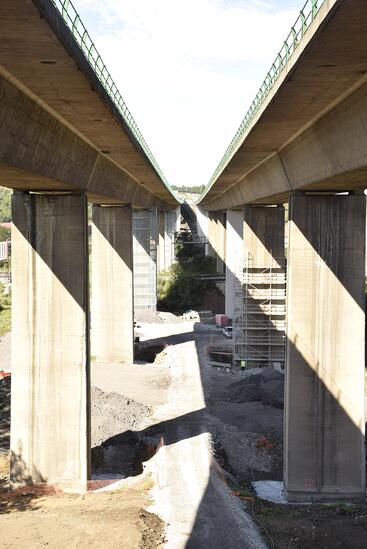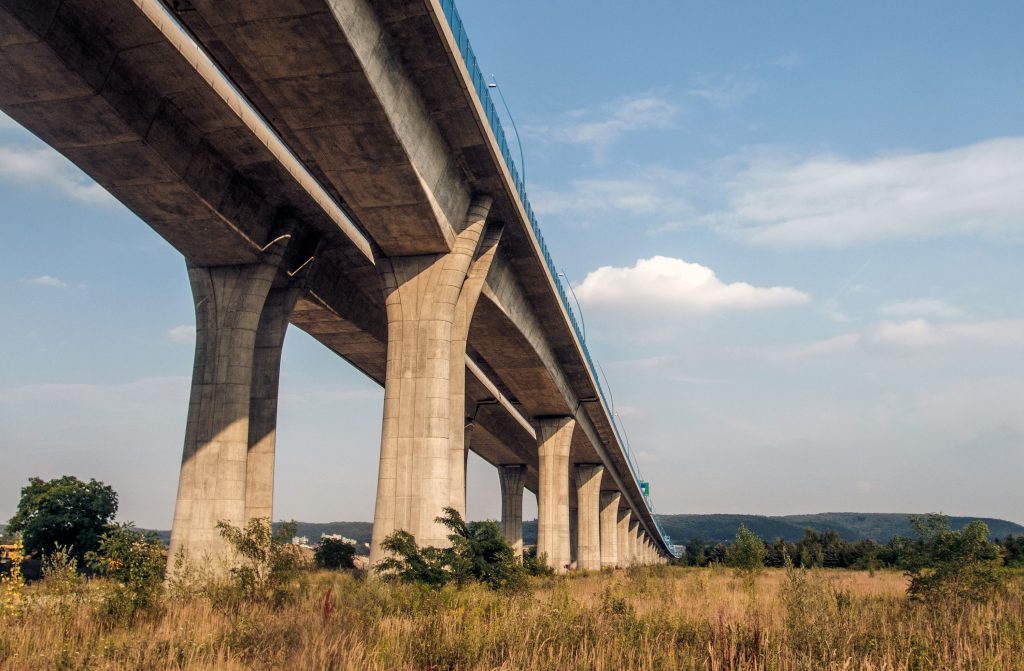The safety of structures, and the deterioration of the concrete from which they are made, are raising concerns in our society, especially for structures over 50 years old. A January 2021 UN report, Ageing Water Storage Infrastructure: An Emerging Global Risk, highlights this issue, as do incidents such as the collapse of the Polcevera bridge in Genoa, Italy, in 2018, and the recent collapse of the Champlain Towers South apartment building in Miami, Florida, in the US on 24 June 2021.
To investigate the challenges and opportunities that existing concrete structures present, and to provide insight into concrete preservation measures, Master Builders Solutions has interviewed a series of industry experts. In the first session of the series, we talk to Prof. Dr Mª Carmen Andrade, one of the best-known concrete specialists in the world, an expert in concrete corrosion and the former director of the Eduardo Torroja Institute of Construction Sciences in Spain.
Structures built in the 1960s and 1970s have been exposed not only to different levels of loads but also to several environmental actions that can cause degradation.

Although in the past, concrete was produced with the best possible quality, deploying the technology available at the time, this often involved higher water-to-cement ratios than we use today, which impacted both the strength and the durability of the material.
Even when corrosion is recognised as the main reason for deterioration, a detailed inspection of a structure becomes necessary to determine all the potential factors that are contributing to its degradation.
Developments in technology allow structures such as bridges to be constructed with much larger spans with the use of high-strength concrete. The evolution of technology also means that the durability of existing structures can be improved with the use of corrosion inhibitors.
In the past, corrosion inhibitors could only be added to a concrete mix. Today, they can also be applied to existing structures, with technology that enables them to migrate from the surface to the interior of the concrete matrix.
Sustainability is very relevant in the construction industry, not only in new construction where the careful consumption of raw materials and resources is critical but also for existing structures where the best way to lower their lifetime environmental impact is to extend their service life. Prof. Andrade says: “Durability is an essential part of sustainability. It is not always recognized because sometimes the pressure is to have the lowest CO2-embodied product at the beginning. But it is very important to consider the whole life cycle.”
Using a low carbon-embodied material can have a negative impact on the environment if the product or structure has a short service life. Prof. Andrade adds: “…durability is an essential part of sustainability, as is the repair and maintenance of all infrastructure. This will save a lot of resources in the future.”
In summary, existing ageing concrete structures need a detailed inspection to diagnose the causes of degradation and then a repair, protection and regular maintenance. Extending the service life of concrete structures using modern technologies will save resources and reduce the environmental impact of infrastructure.
